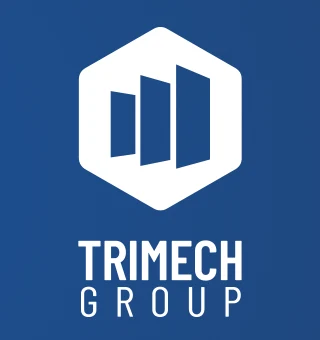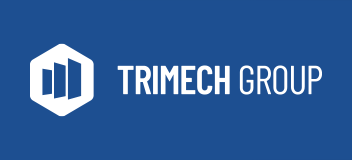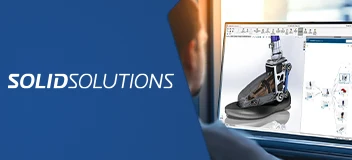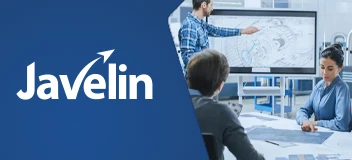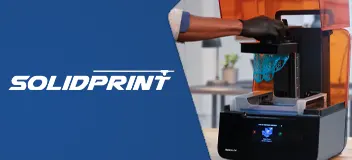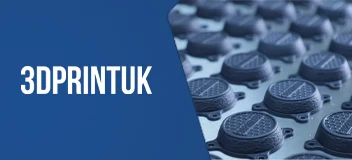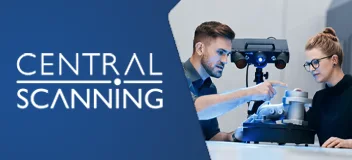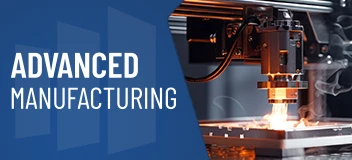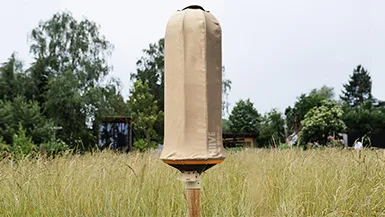How Much Does Product Development Cost: Design & Prototype
A full hardware product development cycle spans from ideation, research, concept, to design, prototyping, manufacturing, and marketing. However, the bulk of product development cost typically arises during the design and prototyping phases.
This article outlines the typical fees charged by product development firms for these two key stages, explores the factors that drive costs higher, and shares practical strategies to reduce expenses without sacrificing quality.
What’s Included in Your Design Budget
Why this phase starts around $10K
Product development firms typically charge across three to four stages: concept, design, prototype, and manufacturing. In many cases, the concept and design phases are bundled into a single package, according to most clients’ preferences.
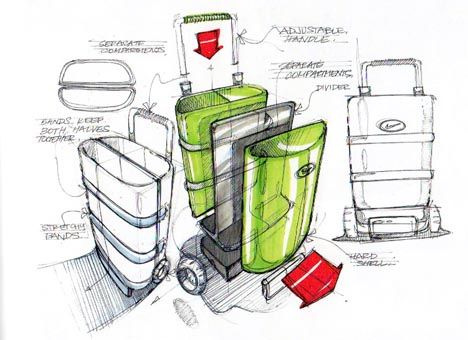
Product Design Sketch
During the concept stage, the team conducts research and creates early sketches. Even when clients have ideas for specific products, industrial designers still have to figure out what the client truly wants and how the product should function. They need to review the product idea, conduct user research focused on ergonomics and usability, and then develop initial sketch concepts.
Once the client approves the refined sketches, designers proceed to concept-level CAD modelling – this covers external surfacing only, while engineering-grade CAD is handled later during the prototyping stage.

CAD Model
If your product includes electronic components, electronics designers will also begin researching suitable electrical parts during this phase.
Factors That Affect Design Cost
Number of components
Assemblies consisting of one or two simple pieces without mechanical movements or subassemblies are generally less expensive, sometimes under $10K. However, when subassemblies, circuit boards, plumbing, buttons, or additional mechanical components are involved, costs can increase significantly.
Product size
Product size can significantly influence costs. Surprisingly, this applies to both extremes – very small items that fit in your hand and very large items, such as car-sized designs – because they often require advanced manufacturing techniques and specialized materials.
Complexity: the biggest cost driver
Costs can vary widely depending on multiple factors, but the biggest driver is usually the amount of work required to develop the innovation that solves the problem at hand.
Although the size, number of components and materials being used can have a big impact on the development cost, the level of complexity is the greatest driver.
We’ve worked on projects where intricate internal mechanisms significantly extended timelines – even at the concept stage, because we needed to spend time simplifying the design.
To keep costs as low as possible, it’s often best to reduce complexity by focusing on the MVP (Minimum Viable Product) – the simplest, most direct solution that delivers the intended benefit.
Although simplicity is not always cheap, it helps to stay focused on solving the core problem and purpose of the given innovation.
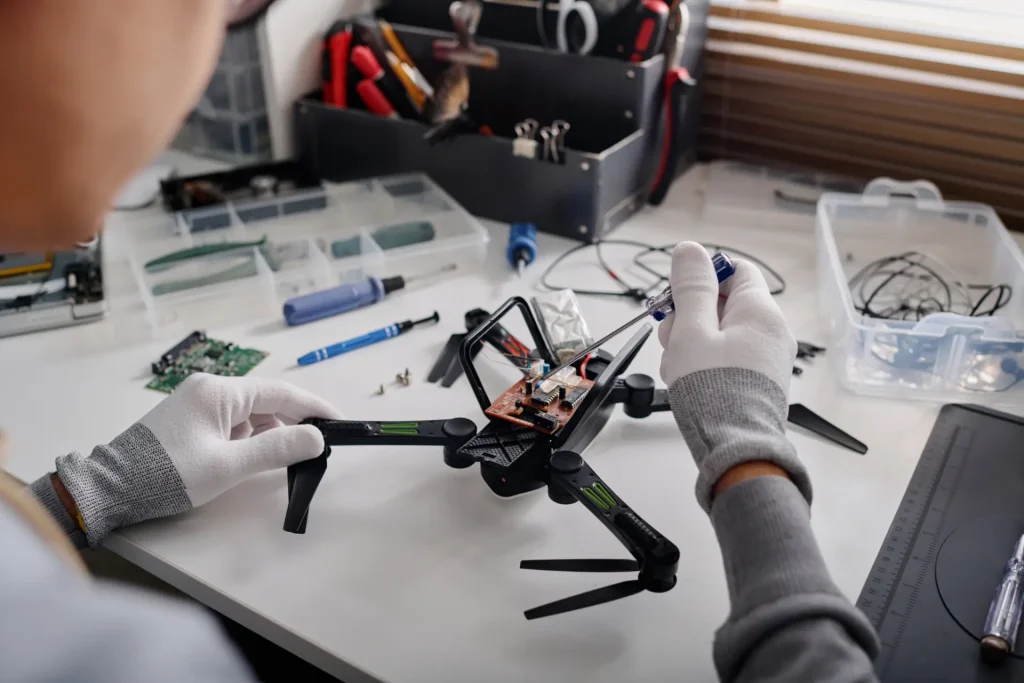
Prototyping Model
What’s Included in the Prototyping Phase
Why this phase starts around $15K
This stage is essentially turning the concept-level CAD, which shows the “ideal” design, into a prototype with engineering CAD that defines how the product actually works.
This phase is typically the most time- and cost-intensive part of the product development process, with expenses typically ranging from $20,000 to $100,000 depending on the time needed to develop as well as pure cost of prototyping, including factors like complexity, materials, iterations, and more.
Key activities in the prototyping phase
Creating a prototype, especially one involving electronic components, requires close collaboration between industrial designers, electronic designers, mechanical engineers, and project managers.
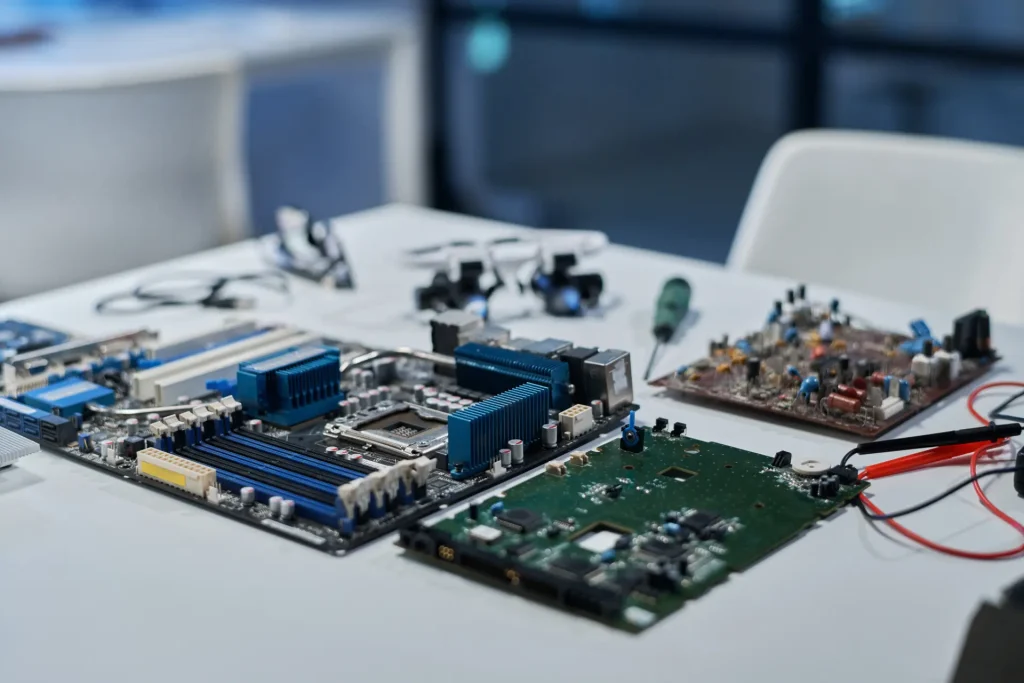
Printed Circuit Boards / PCBs for product design
Electronics engineering
- Requirements & Simulation: Define power needs, features, and compliance standards; use simulation tools to validate key functions before physical assembly.
- Breadboarding: Assemble circuits with off-the-shelf components to evaluate key electronic parts and functionality before committing to a custom solution.
- PCB: based on the results of breadboard, create custom schematics and PCB layouts, focusing on power delivery, signal integrity, and manufacturability. Multiple iterations are common to refine both electrical and physical constraints.
- Firmware: Integrate firmware with hardware interfaces (e.g. buttons, LEDs, displays, motors, etc) and test functionality. Firmware is iteratively updated as hardware designs evolve.
- EMI/EMC testing: for late-stage prototype, perform electromagnetic interference (EMI) and compatibility (EMC) testing, along with safety, thermal, and power compliance to ensure the prototype meets certification, user, and market requirements.
Mechanical engineering
- Develop detailed CAD models that allow identification of mechanical issues before prototyping.
- Select prototyping methods and materials and work with fabricators in the process.
- Oversee prototype performance with rigorous testing for fit, form, and function.
- Ensure physical integration of electronic within enclosures.
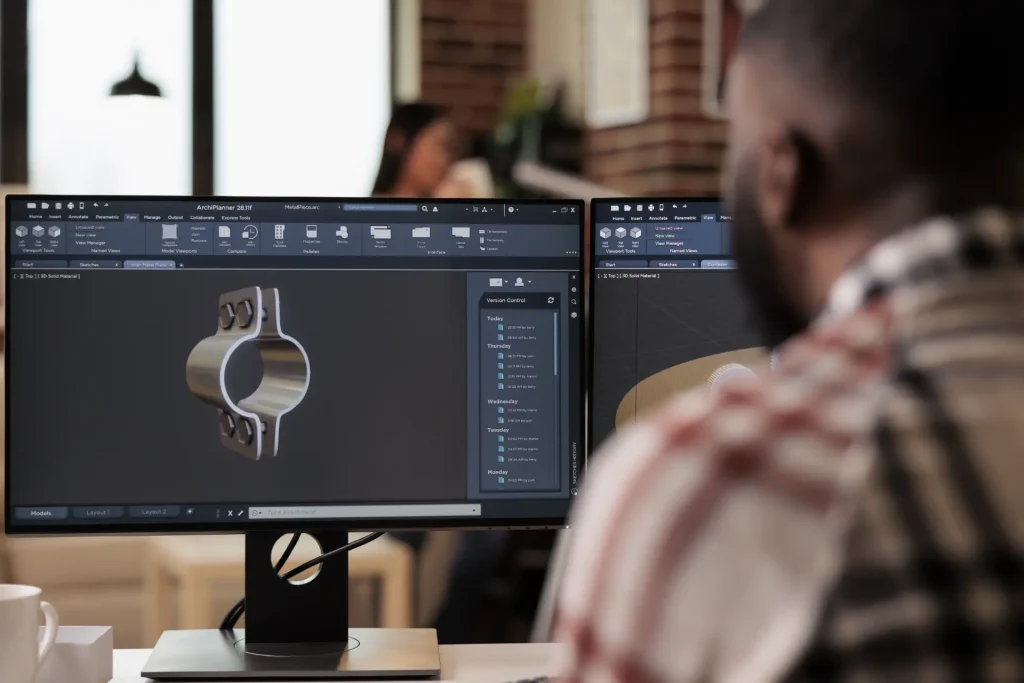
Mechanical Design
Project management
- Preparation: package up all the documentation for each feature, CAD files, BOM so that fabricators have more context, understand the purpose of various features so that they know what to pay attention to during the process.
- Organize: RFQ with vendors to determine the best fit, evaluation based on cost and example work, shipping and testing, documentation like Prototype Manual, etc.
- Communication: There can be a lot of situations during fabrication: vendors might reach out to you with questions, recommendations, and problems like limited materials, delay. Project managers need to help offer solutions.
How much do product development companies charge for different prototypes?
Product development companies typically price prototypes based on type, such as mock prototypes, mechanical prototypes, and presentation prototypes. Each type of prototype serves a different purpose and requires varying levels of detail and functionality.
Mock prototype cost: Range from $15K – $60K
The mock prototype is basically the bare minimum that helps validate product functionality (though not full), design, structure, and operational characteristics. For hardware products that have electronic components, PCB is likely to be used within this prototype.
Mock prototypes often differ from the designs that were presented in the original design package. They may use alternative materials, lack finishing touches like paint, and vary slightly in size. The goal is to validate functionality before committing to aesthetics.
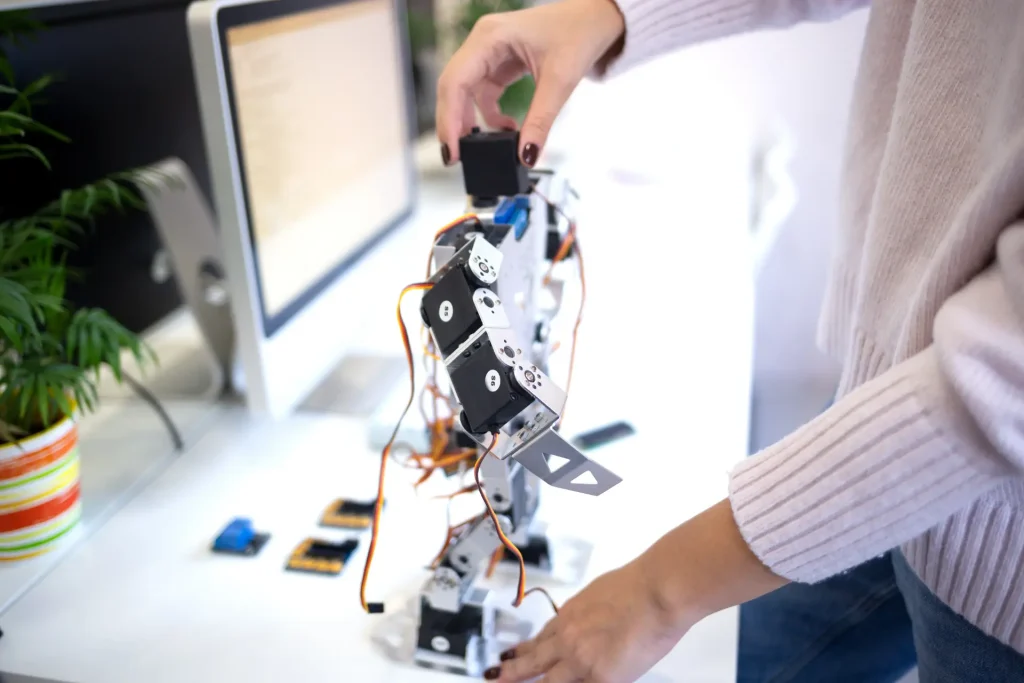
Mock Prototype
The reason for starting prototyping this way is because inventions are often unproven at this point, and no one wants to invest in a design that looks great but doesn’t work or can’t be manufactured.
Mechanical prototype cost: Range from $40K – $80K
Based on the above mock prototype, this mechanical prototype is intended to be a more refined model focusing on mechanical functions, durability, fit, assembly, and interaction of moving parts. If a product has electronic components, the cost can be on the higher end.
Presentation prototype cost: Range from $30K – $60K
Based on the client and design team feedback of the previous prototype, this prototype should be for presentation purposes and possess aesthetic finishes and details, along with most functionality.
Pre-production prototype cost: Range from $30K – $80K
This prototype is prepared for mass production that involves a lot of planning, testing, and documentation to make sure the product can be manufactured efficiently and cost-effectively.
One thing worth mentioning is that pre-production prototype isn’t always the most expensive option. In some cases, it may be produced by the vendor as part of the overall production cost to verify everything is correct.
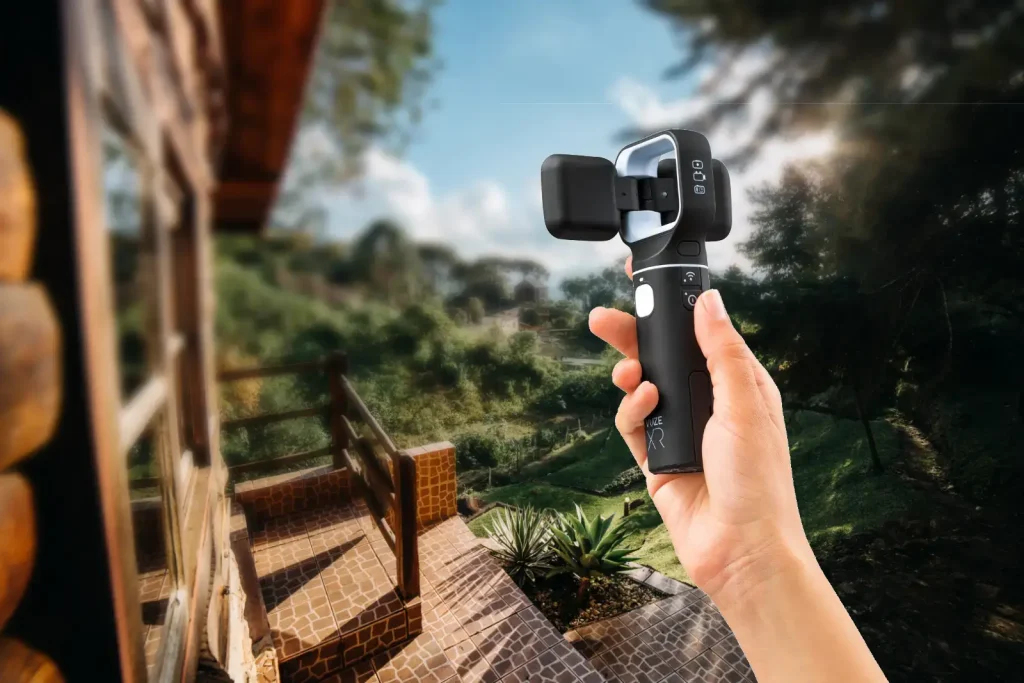
High-fidelity Prototype
A functional presentation prototype is typically more expensive because it incorporates cosmetic finishes for visual appeal. In contrast, a pre-production prototype prioritizes geometry and dimensional accuracy, so components may not include final paint or surface treatments.
Factors that affect prototyping cost
Design complexity
Moving parts, electronics, or firmware tend to increase costs. A simple project that doesn’t contain any electronics can cost between $15K – $40K to get to an initial working prototype, while a project containing electronics will easily surpass the $50K mark to finalize design before production.
Prototype type & fidelity
Rough prototypes with lower fidelity are cheaper than pre-production prototypes with higher fidelity.
Material
Material choice can influence prototyping pricing. Standard plastics like ABS or PLA are cost-effective for early mock-ups, while high-performing polymers and metal can significantly increase costs.
Iteration
Costs tend to rise when complexity or features increase during iterations: if further programming is required, if components need to be replaced based on testing results, or if limitations found in prototyping that require alternative solutions.

Iterative Prototyping
Testing & certifications
Environmental, safety, and reliability testing (like EMI/EMC, safety, durability) involve additional costs that are usually charged in time and materials.
Certifications, particularly for medical devices, increase costs as well.
Labor & expertise
Skilled and experienced engineer, designer, and technician time adds to the cost, especially for complex electronic, mechanical-intensive prototypes.
Conclusion
Product development is a complex process that involves multiple stages, each with its own cost drivers and timelines. Understanding what’s included in your design and prototyping budgets, as well as factors like complexity, materials, and iterations, helps you plan more effectively and avoid surprises.
By approaching product development with clear expectations and smart cost-saving measures, you can create innovative products without overspending.
Ready to bring your ideas to life? Reach out to TriMech Design today for expert guidance on concept development, prototyping, and cost optimization. Our team will help you create innovative products without overspending.
FAQs
1. What hidden or often overlooked costs should I plan for when developing a hardware product?
Creating an accurate representational prototype can sometimes be more challenging than producing the final unit. Processes like blow-molding or roto-molding are difficult to replicate at the prototype stage due to their unique characteristics. While these methods are relatively inexpensive in mass production, prototyping items such as a clear water bottle or a vacuum flask can be surprisingly costly.
2. What are the typical timelines for product development?
Product development is a multi-stage process, and timelines vary based on complexity and communication. Initial concept development usually takes 1-3 months, depending on how quickly feedback loops occur. The prototyping phase is more time-intensive, often requiring 6 months or longer to accommodate design updates, testing, and iterations.
If your product includes electronics, expect additional time for electronics engineering before aesthetic decisions are finalized.
3. How to improve cost-efficiency of product development?
Reducing product development costs without sacrificing quality requires strategic decisions at each stage. Here are three proven approaches:
- Start with a Minimum Viable Product (MVP): focus on creating a functional product with only the essential features in the early stage. Iterating on an MVP helps validate product-market fit before investing in full-scale development.
- Outsource prototyping overseas: partnering with overseas prototyping facilities can significantly lower costs, as many are capable and experienced in creating polished parts. Combine this with in-house 3D printing for quick checks and minor adjustments.
- Use off-the-shelf components: source and test off-the-shelf parts from different manufacturers to save time and cost.
Have a Product Idea?
Discover our product development services tailored to startups, small manufacturers, and inventors.
Design Newsletter
Get the latest news curated for designers, makers and inventors.
Product Design Experts related to this content:
Discover our team of designers, engineers, project managers, and problem-solvers.
Tim Uys, Lead Designer
Tim Uys is an industrial designer with over thirty years of experience in international product development, for clients ranging from fortune 50 corporations to small startups and individual inventors
More from our Blog
Rapid Prototyping Services vs. In-House 3D Printing: What’s Best for Hardware Startups?
Discover the pros and cons of rapid prototyping services vs. in-house 3D printing. Learn which solution offers better speed, cost-efficiency, and scalability for your product...
Designing an Artificial Microclimate: HIIVE
Have you read about our client’s Keeki bag? The Keeiki bag is a linen bag lined with beeswax allowing the bread to breathe without drying…
Everything You Need to Know About PCBs for Product Design
Designing a new product? Learn about the different kinds of printed circuit boards PCBs for product design, from rigid to aluminum.
Need help with your Product Idea?
Tell us about your invention or product design idea and get the help you need design, build and bring it to market
